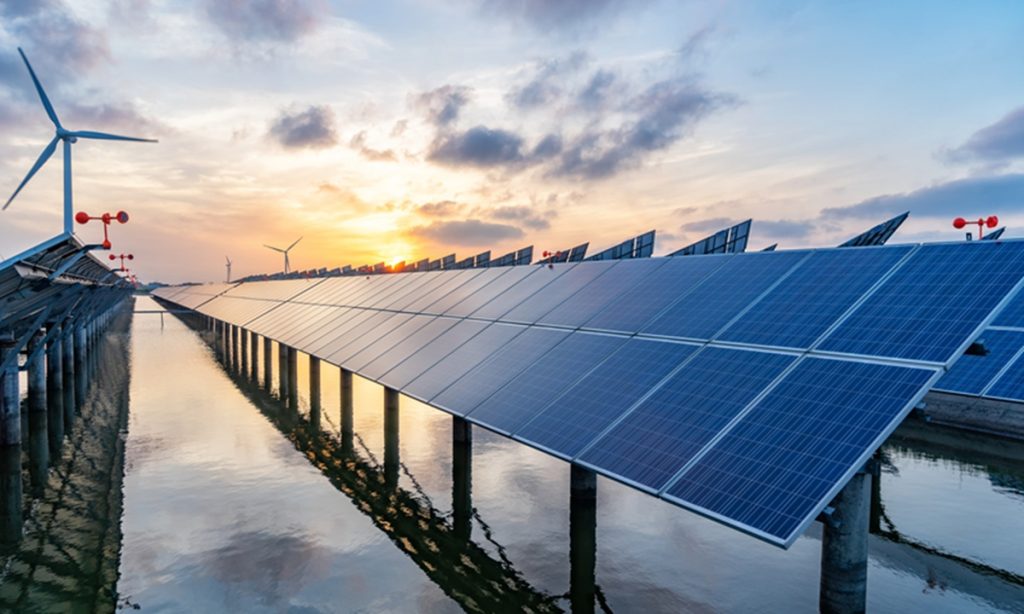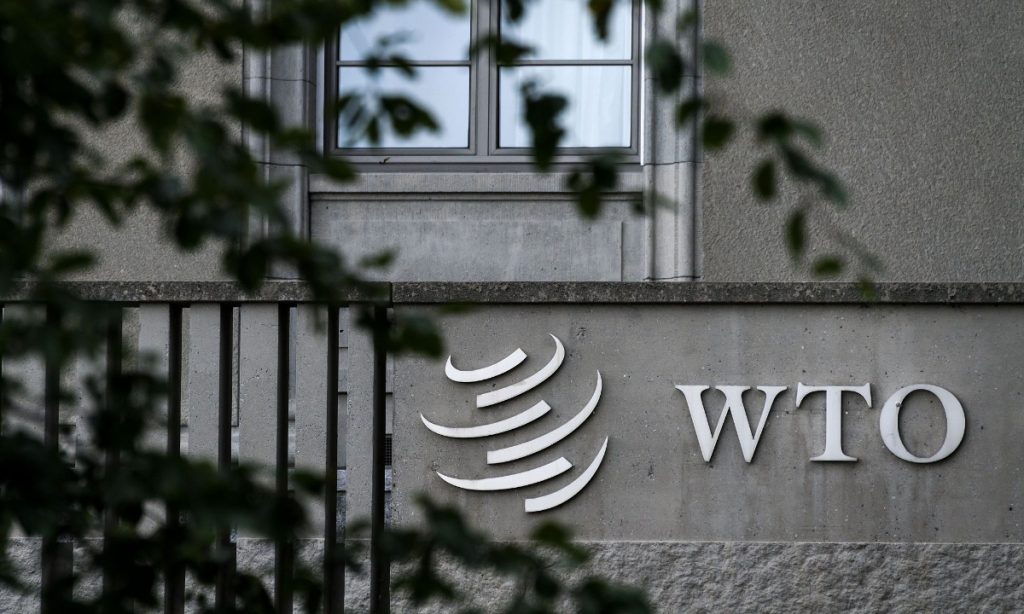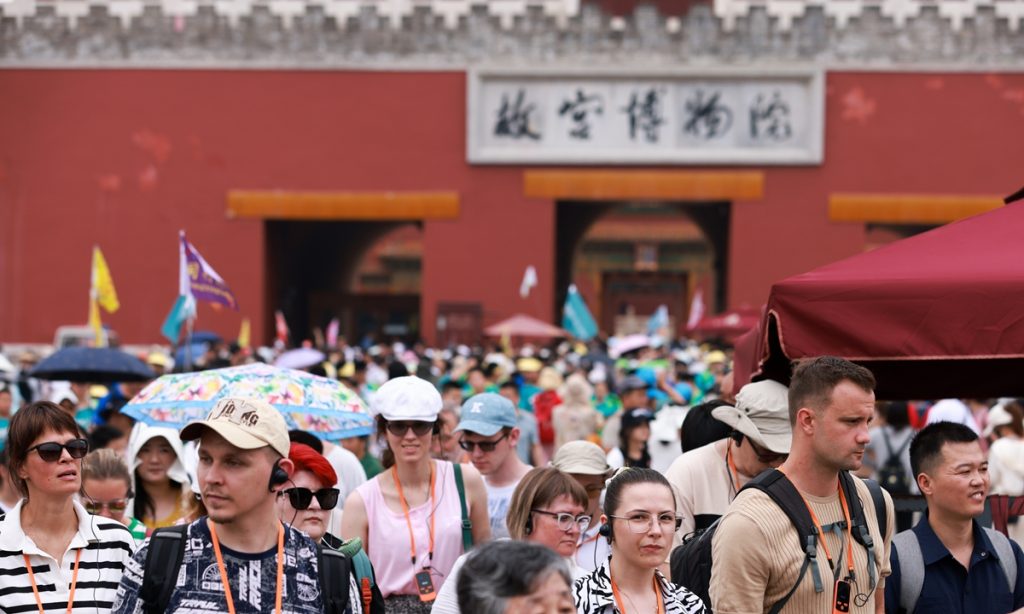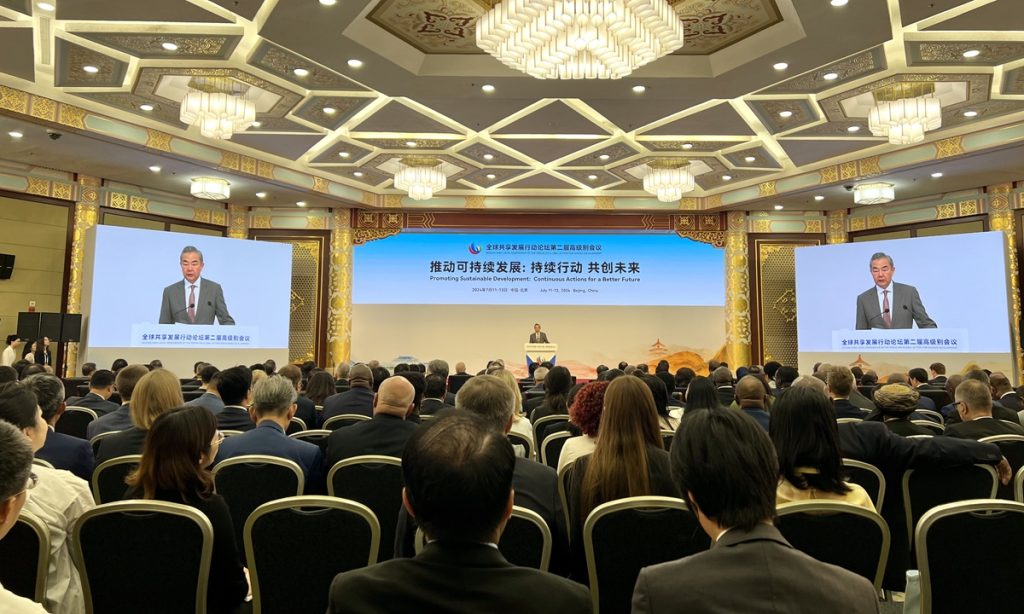Paris Olympics drive summer travel boom for Chinese tourists: flights and hotel bookings soar

There has been a notable surge in Chinese tourists booking flights and hotels in France and other European destinations, according to reports from multiple domestic travel platforms on Thursday. The Paris 2024 Olympic Games, set to open on July 26, have significantly increased interest in the city among Chinese tourists.
In the first week of the Olympics, flight bookings from major Chinese cities to Paris increased by over 150 percent year-on-year, and hotel bookings in central Paris surged more than fourfold, according to Tongcheng Travel. In terms of bookings, Paris is the second most popular European destination this summer, trailing only London, as reported by Qunar.
During the Olympics, average airfares from major Chinese cities to Paris have increased by over 10 percent compared to June. The most popular departure cities for travel to Paris and other major French destinations include Shanghai, Beijing, and Guangzhou, according to Tongcheng Travel.
In addition to traditional domestic group tours to Europe, destination group tours and customized tours are also popular. "Many Chinese tourists, while attending Olympic events, are opting for local tours in France, with in-depth tours of Paris or multi-day tours of nearby regions being particularly favored,"a representative from Tongcheng Travel told the Global Times on Thursday.
"I bought tickets for the Paris Olympic Games a year ago and booked the flights and hotel six months ago. The hotel costs 2,500 yuan ($350) per night, which is a bit expensive, but it's worth it to see the Chinese athletes in the table tennis finals!" a tourist from Beijing told the Global Times on Thursday.
"This time I'm traveling with my family and we've opted for a self-guided trip. Once we arrive in Paris, we'll decide whether to visit other countries since European destinations are close and flights are convenient," he added.
"Chinese people have always had a strong passion and interest in sporting events, especially the Olympics," Wang Jinwei, a professor from the School of Tourism Sciences at Beijing International Studies University told the Global Times on Thursday.
Paris has a deep connection with Olympic culture, hosting the Summer Olympic Games for the third time, following London. Also, as the "fashion capital," Paris has infused its local cultural flair into the event, such as the lavender-colored track. This unique blend of culture and history is a major draw for tourists, according to Wang.
"Additionally, because of the China's summer break, many students and families are heading to France for educational and cultural tours. The ease and speed of obtaining French visas, due to warming China-France relations, also play a significant role in facilitating these trips," Wang added.
The Paris Olympics, following the European Championship and coinciding with the summer holidays, has further boosted European travel interest. According to Qunar's data, from July 27 to the end of August, hotel bookings increased by 1.6 times in Italy, 1.5 times in Germany, and 1.67 times in both Spain and Switzerland compared to the same period last year. Average summer hotel prices in popular European destinations, such as Italy, Germany, and Spain, are 30 percent to 50 percent lower than those in France.








